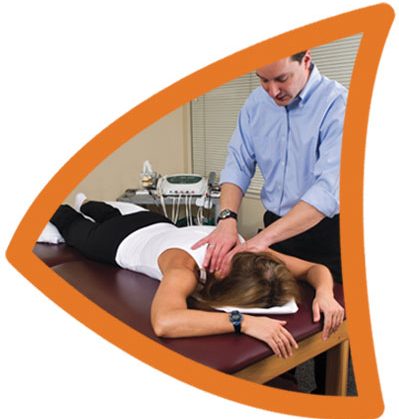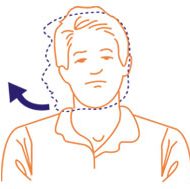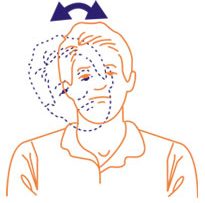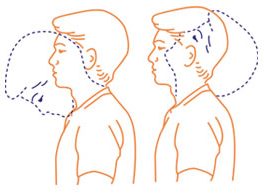01709 368 805
Neck Pain / Whiplash
Movement is good for you - and for whiplash
Your whole body must stay active to stay healthy. It thrives on use. Use it or lose it!
Regular physical activity:
- Gives you strong bones
- Develops fit active muscles
- Keeps you supple
- Makes you fit
- Makes you feel good
- Releases natural chemicals that reduce the pain

Whiplash facts:
- Permanent damage is rare. The long-term outlook is good.
- Most whiplash injuries are not serious. There is usually no serious damage to the bones, discs or nerves in the spine. Serious injuries are nearly always detected early
- Some people only develop pain a day or two after the accident. That is a good sign. It means the damage to your neck is not serious
- Everyone knows that whiplash causes neck pain, but some people also get low back pain. Again, there is rarely any serious damage to the back
- The acute pain usually improves within days or a few weeks, at least enough to get on with your life
- What you do in the early stages is very important. Rest for more than a day or two usually does not help and may actually prolong pain and disability
- Your neck is designed for movement - a lot of movement. The sooner you get your neck moving and doing your ordinary activities as normally as possible, the sooner you will feel better
- The people who cope best with whiplash are those who stay active, exercise their neck, and get on with life despite the pain
Our Physiotherapist will give you advice on:
- Exercises
- Pain Relief
- Posture
- Sleeping Positions
Exercises



